Table of Contents
What is the Boogie Woogie? Sheet music books and methods in the SMLPDF.
Boogie Woogie is a genre of blues music that became popular during the late 1920s, developed in African-American communities since the 1870s. It was eventually extended from piano to piano duo and trio, guitar, big band, country and western music, and gospel. While standard blues traditionally expresses a variety of emotions, boogie Woogie is mainly dance music (although not usually played for the competitive dance known as boogie-woogie (dance), a term of convenience in that sport). The genre had a significant influence on rhythm and blues and rock and roll.
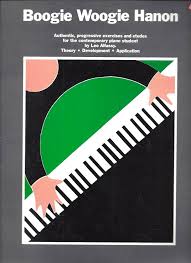
Boogie Woogie waned in popularity in the 1930s, but enjoyed a resurgence and its greatest acclaim in the 1940s, reaching audiences around the world. Among its most famous acts was the “Boogie Woogie Trio” of Pete Johnson, Albert Ammons, and Meade “Lux” Lewis. Other famous boogie woogie pianists of this peak era were Maurice Rocco and Freddie Slack. There were also many very notable women boogie woogie pianists during this time, including Hadda Brooks, Winifred Atwell, Martha Davis, and Hazel Scott, as well as in later years, such as Katie Webster.
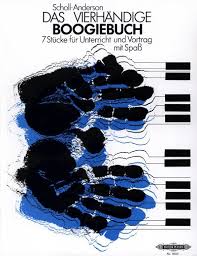
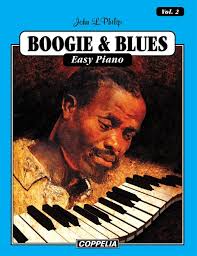
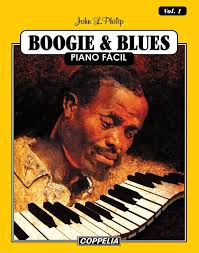

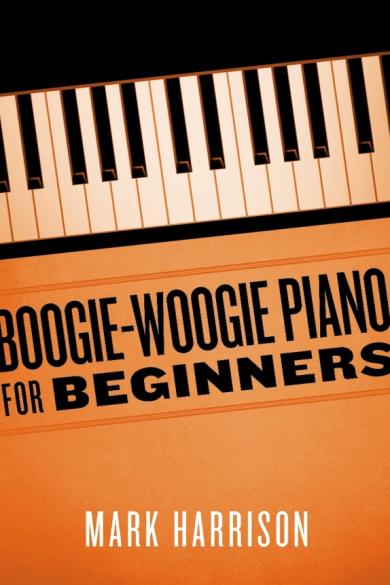
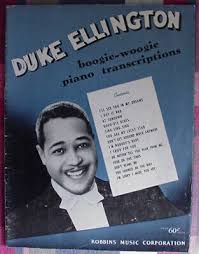
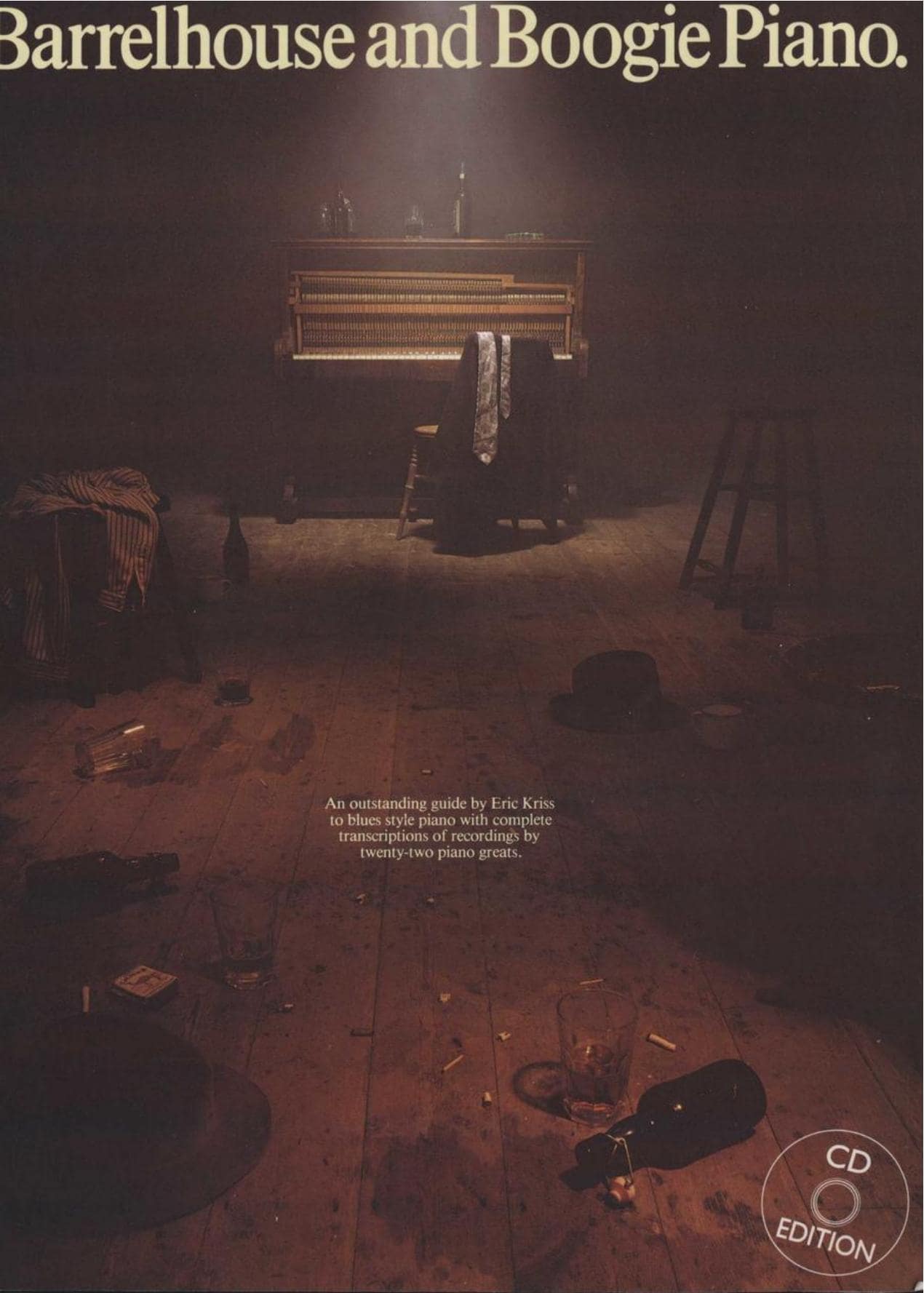
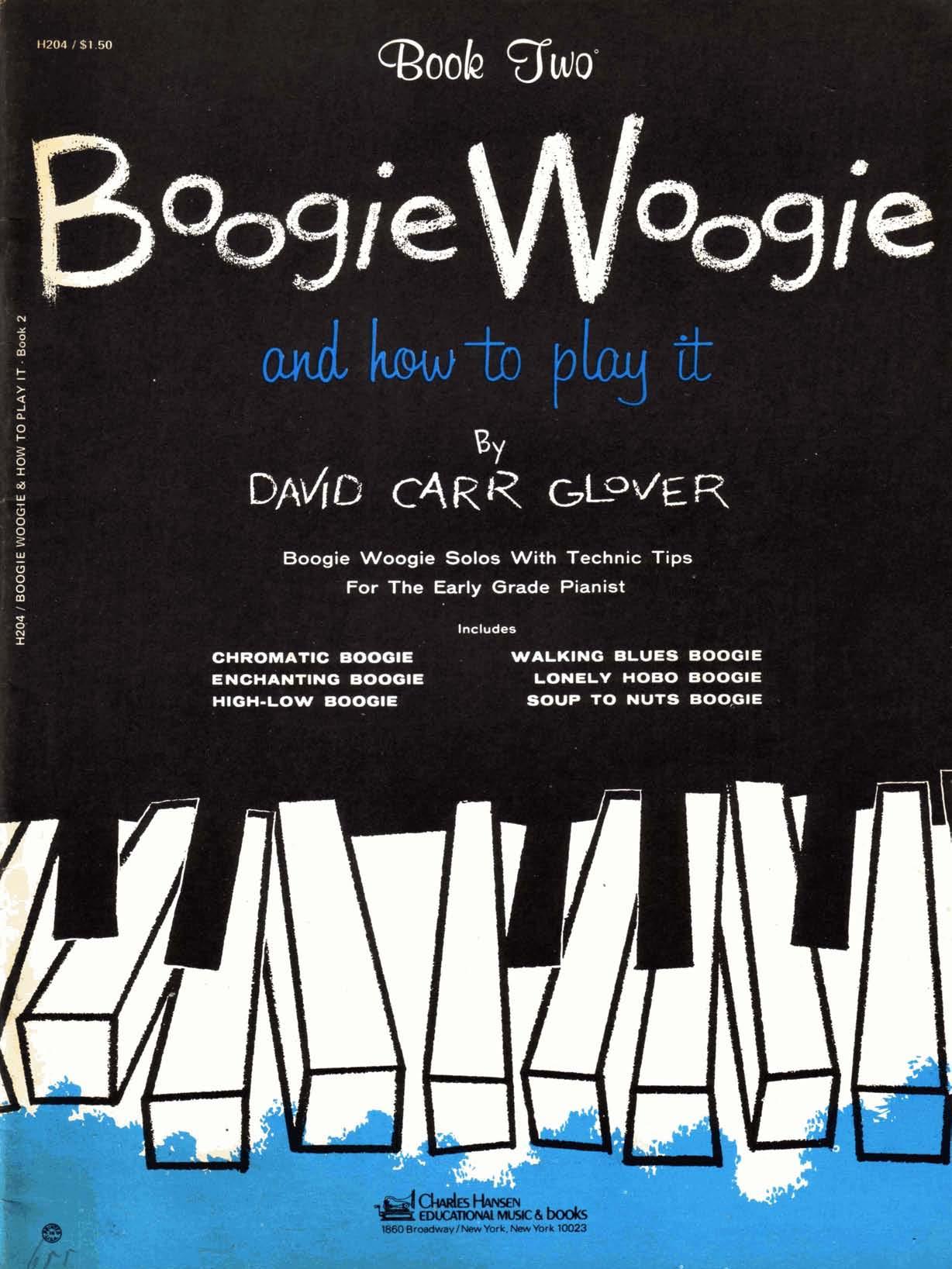
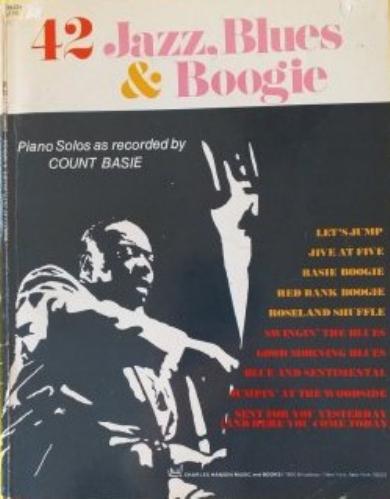
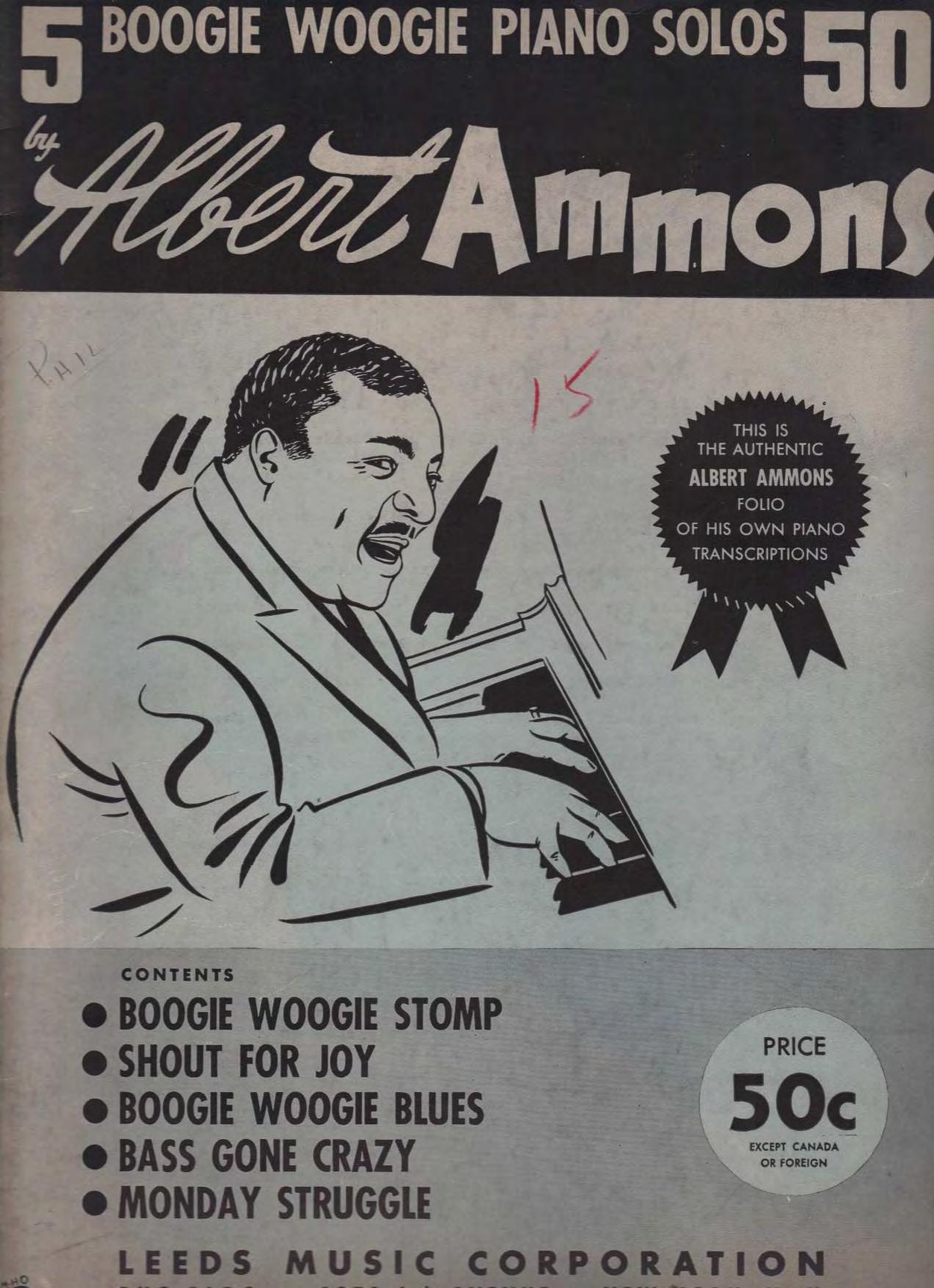
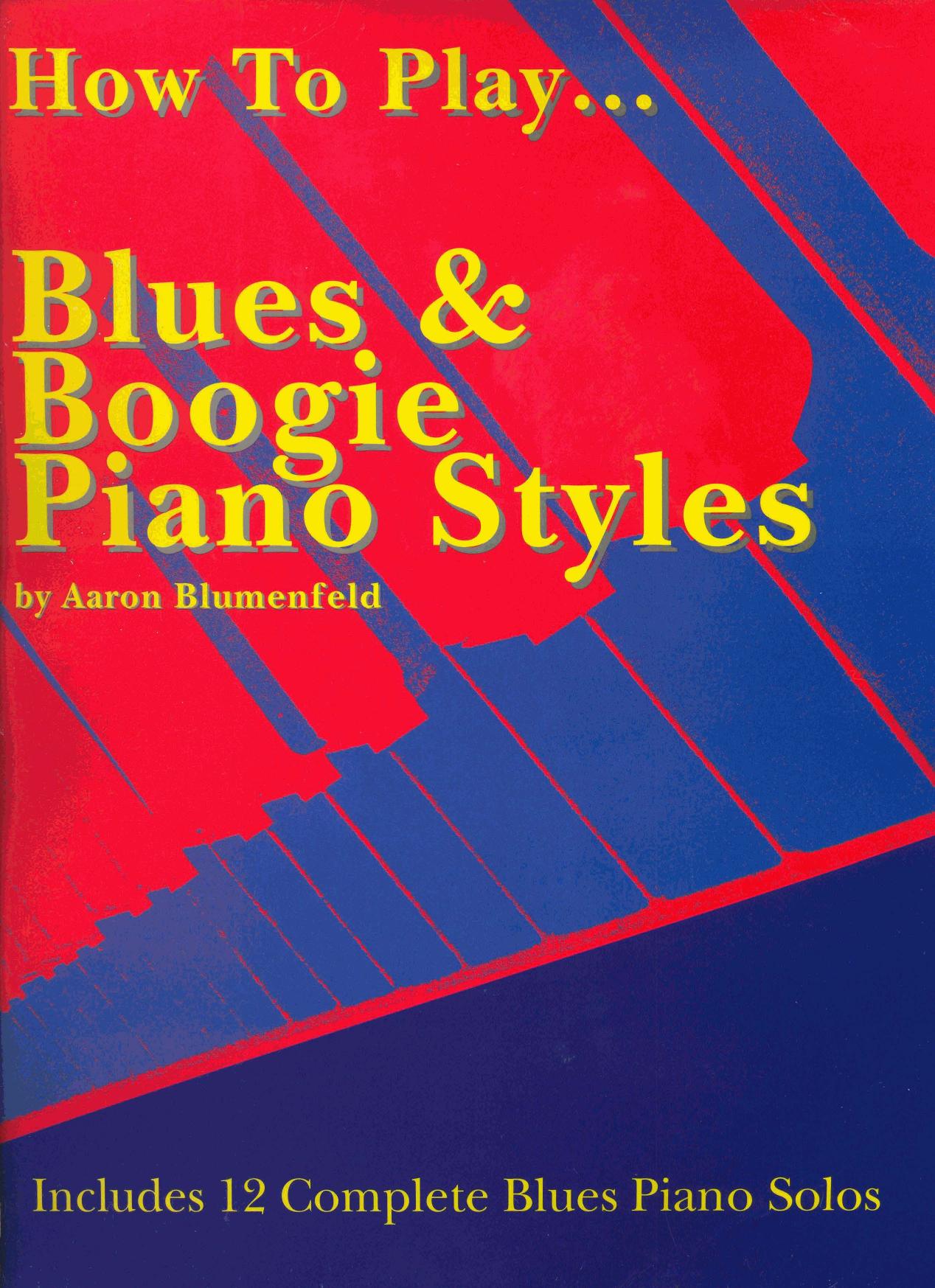
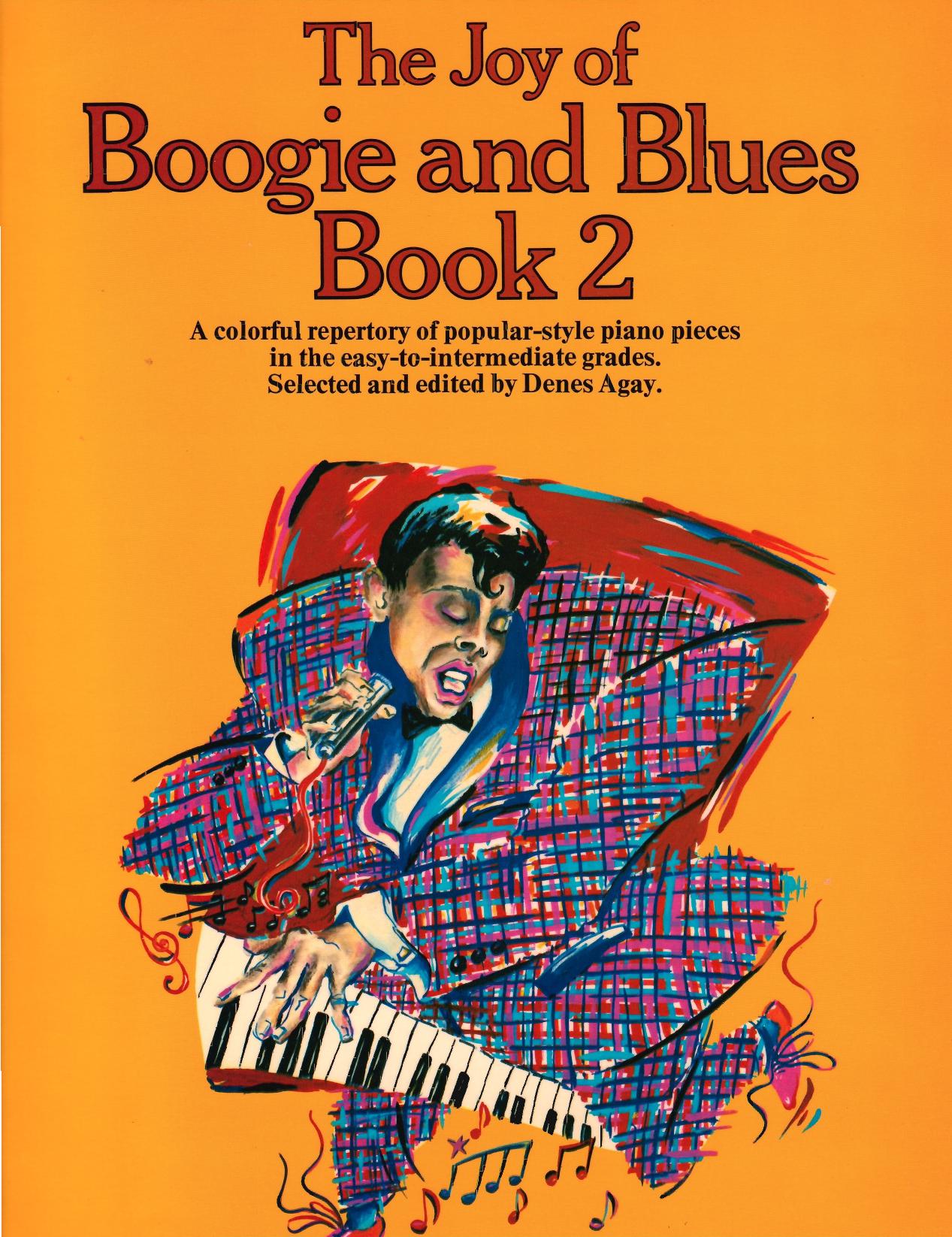
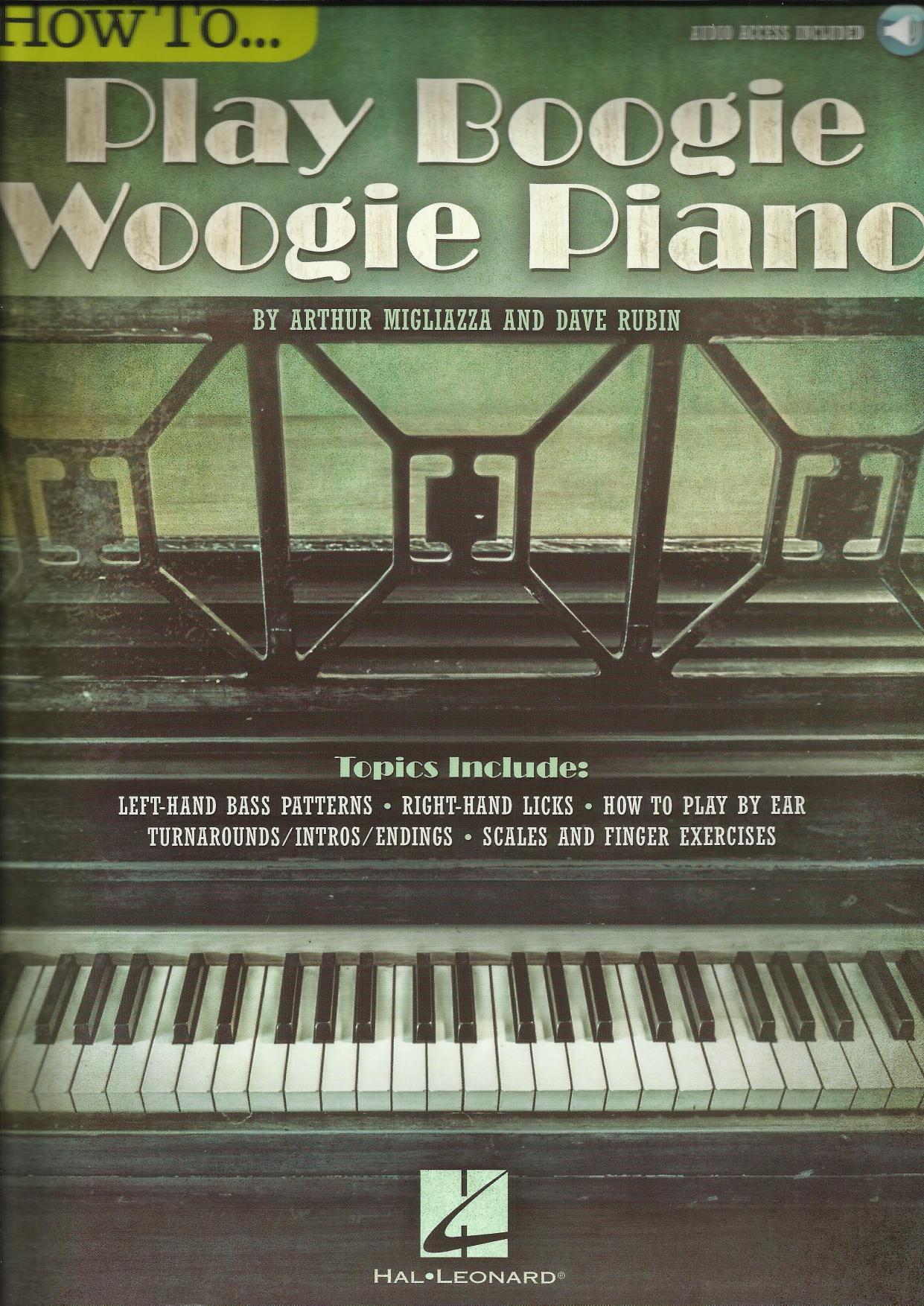
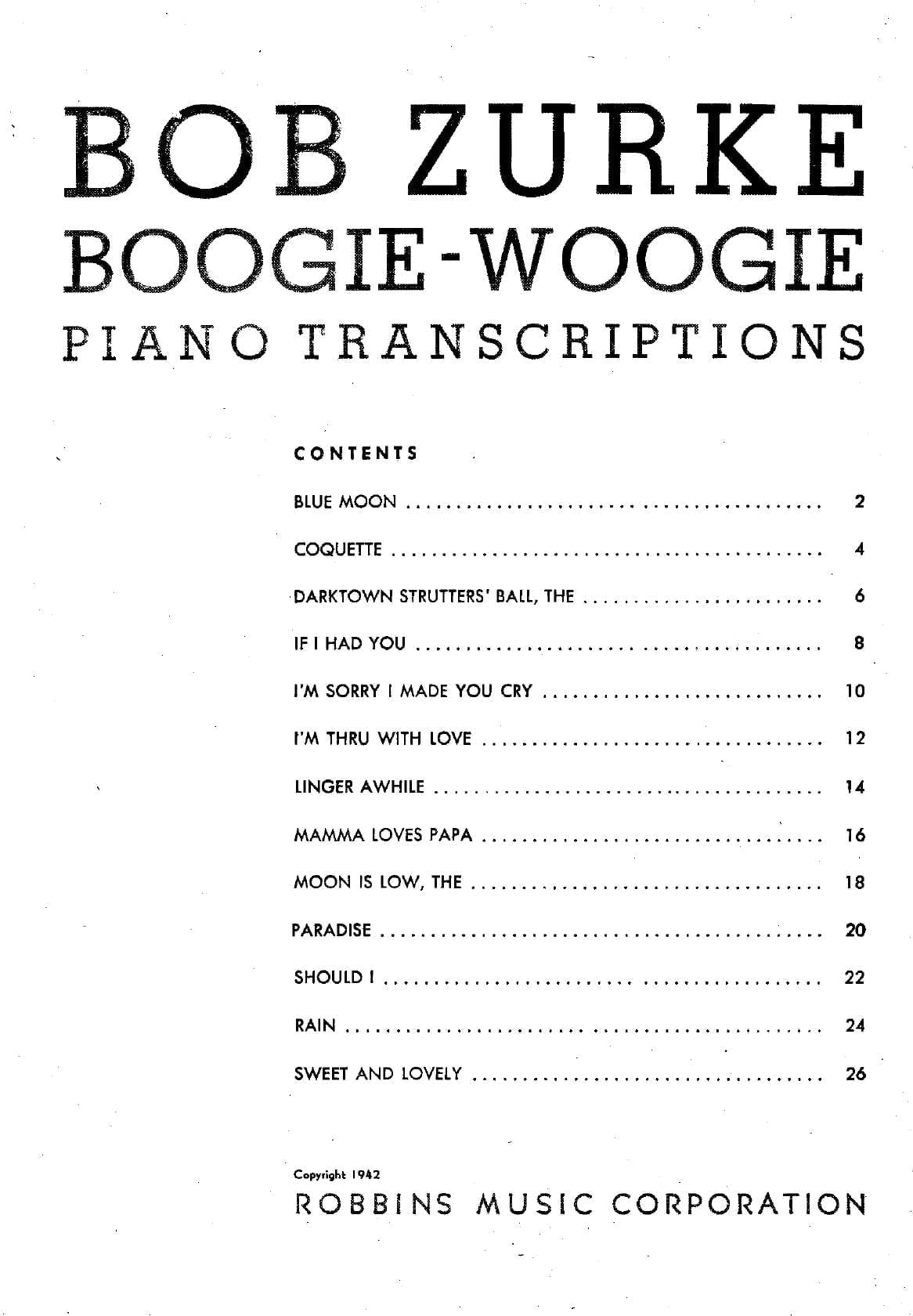
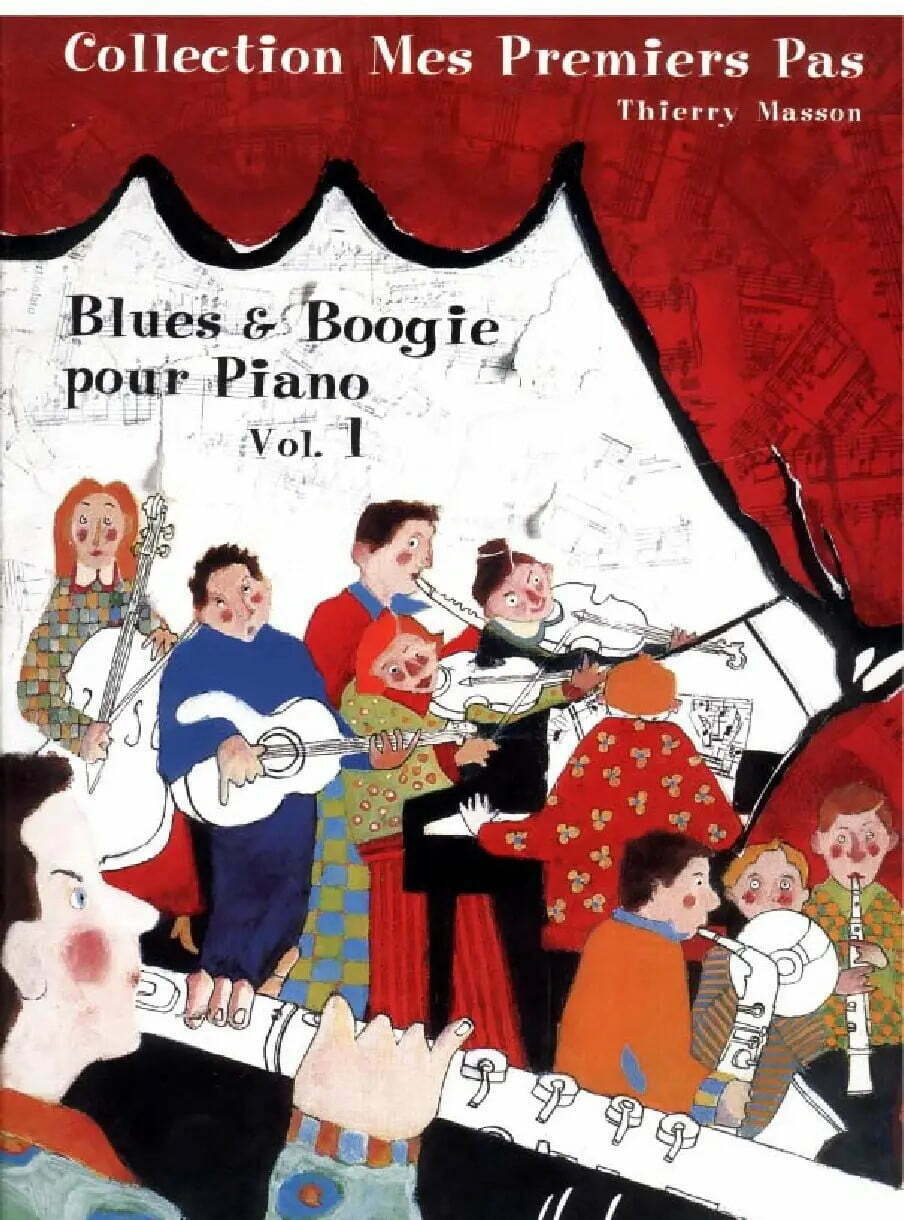
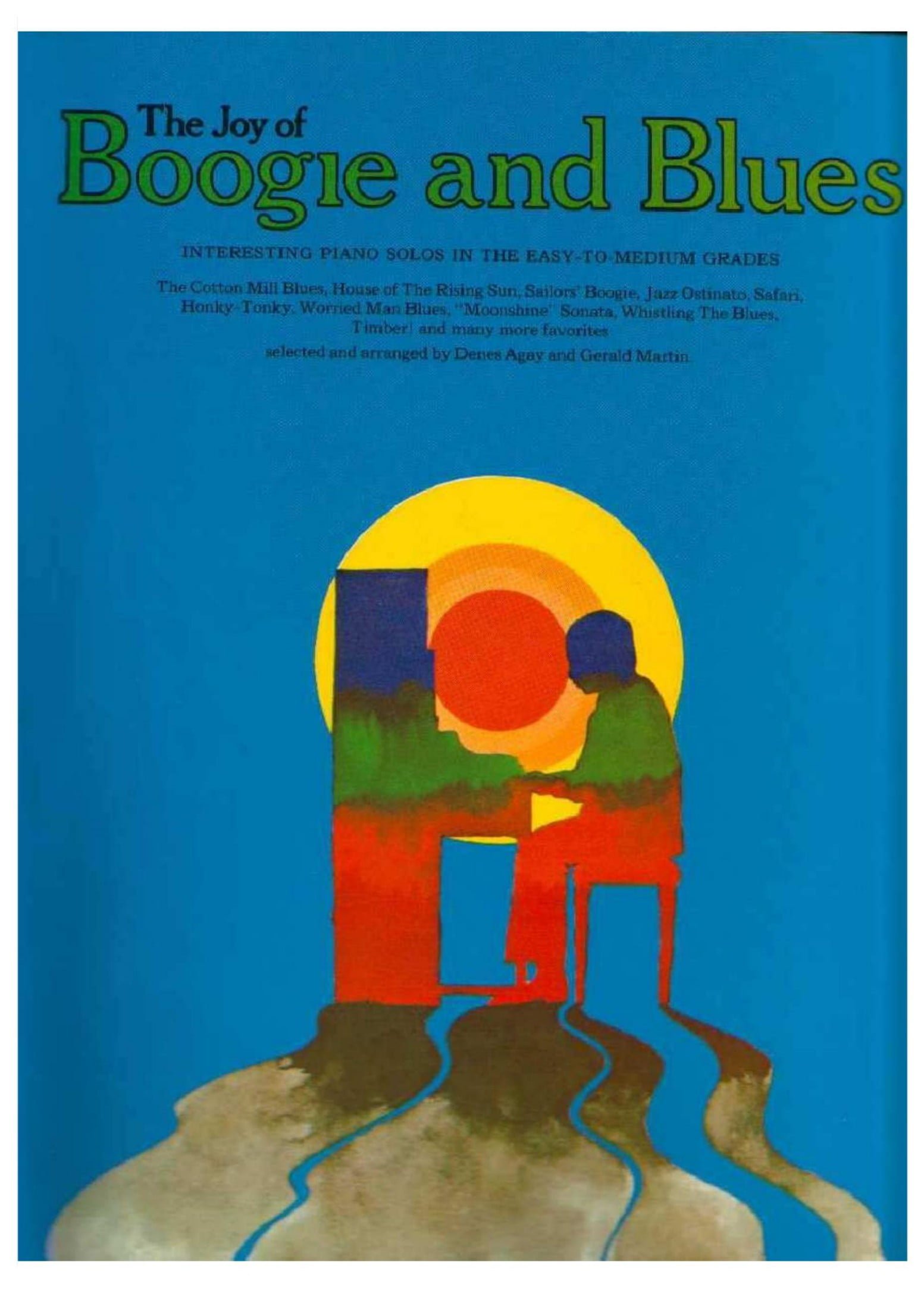
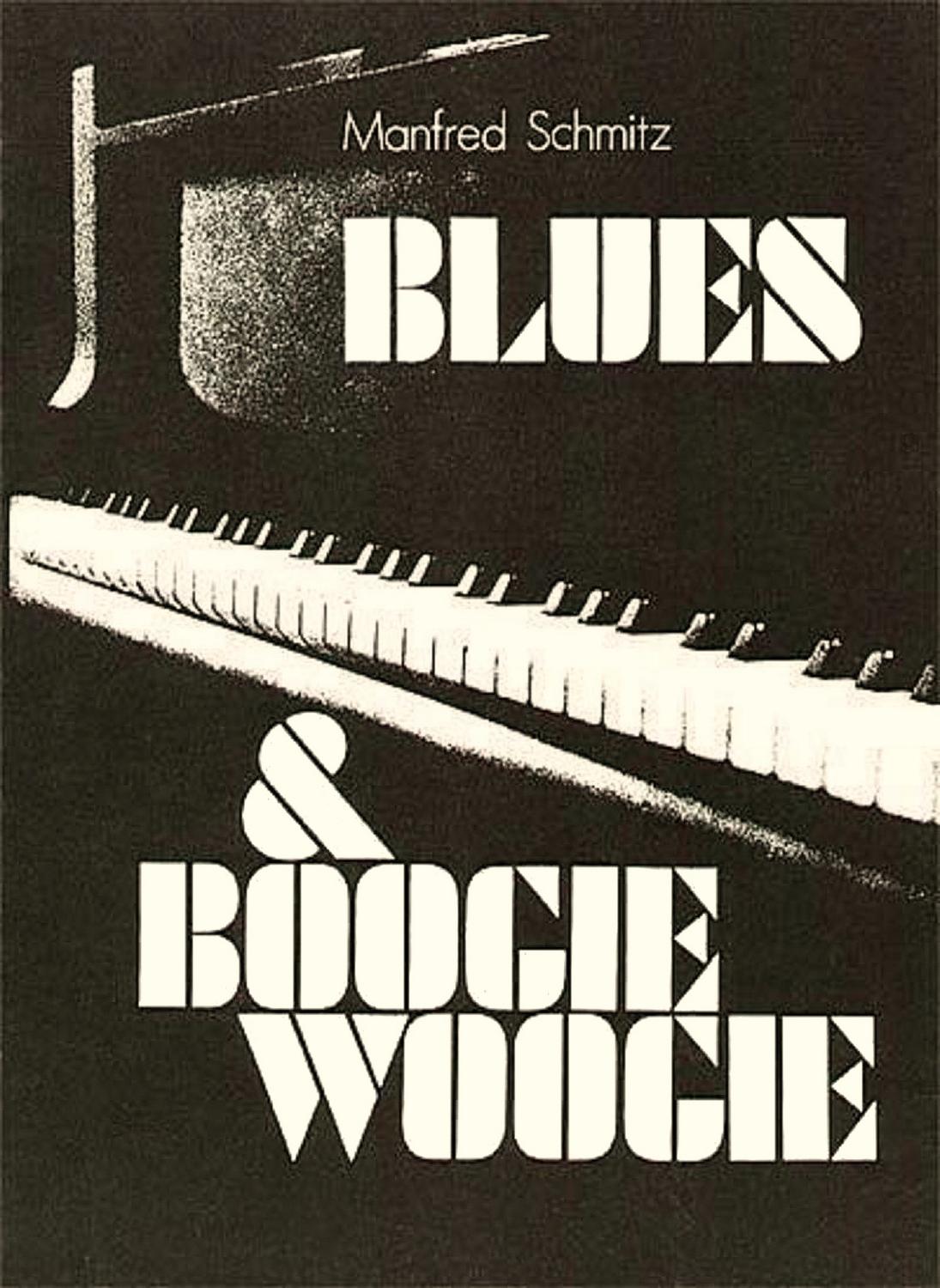
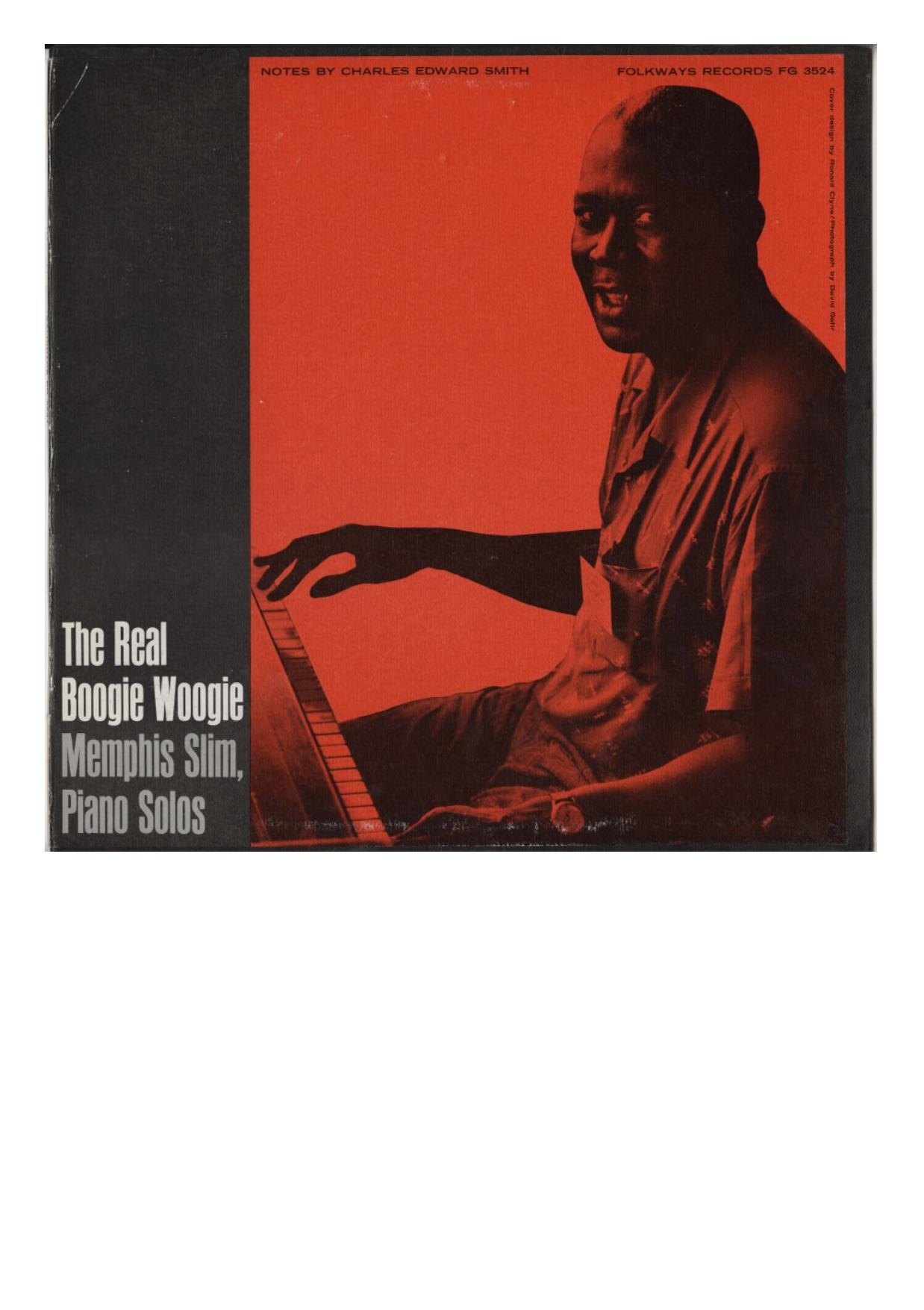
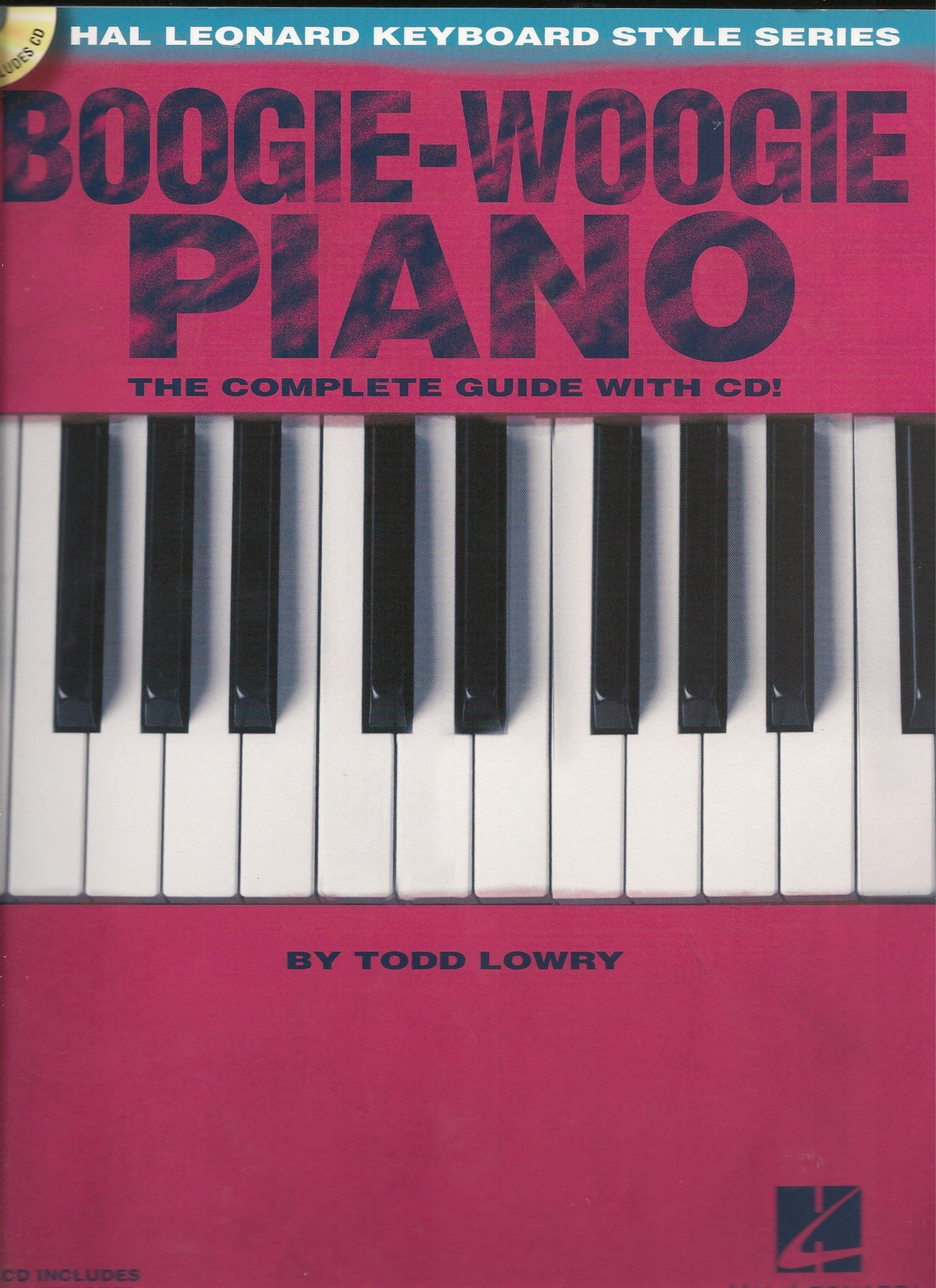
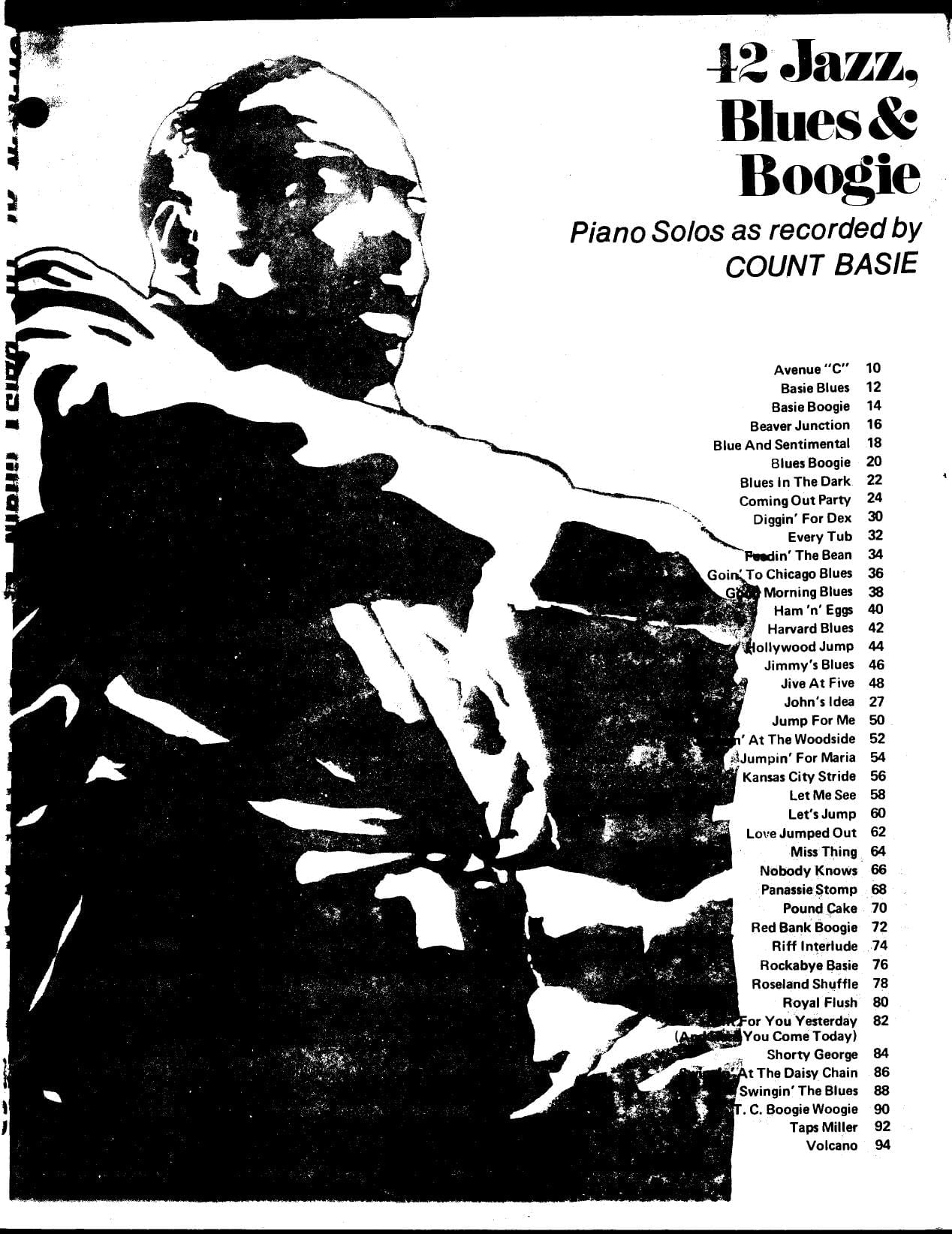
Best Sheet Music download from our Library.
Boogie-woogie is characterized by a regular left-hand bass figure, which is transposed following the chord changes.

Boogie-woogie is not strictly a solo piano style; it can accompany singers and be featured in orchestras and small combos. It is sometimes called “eight to the bar”, as much of it is written in common time (4/4) time using eighth notes (quavers) (see time signature). The chord progressions are typically based on I–IV–V–I (with many formal variations of it, such as I/i–IV/iv–v/I, as well as chords that lead into these ones).
For the most part, boogie-woogie tunes are twelve-bar blues, although the style has been applied to popular songs such as “Swanee River” and hymns such as “Just a Closer Walk with Thee”.
Typical boogie-woogie bassline:

Please, subscribe to our Library.
If you are already a subscriber, please, check our NEW SCORES’ page every month for new sheet music. THANK YOU!
The roots of this rhythm are found in jazz and blues. There are those who place their origins in the Chicago of the 20th century, where it would have reached from the Middle West as an adaptation for the piano of the forms used in guitar and banjo by blues musicians from the beginning of the 20th century.
Its essentially rhythmic character makes it the most African of jazz styles. Its harmonic structure is characterized by the vigorous and constant repetition, in the serious part, of a reason of eight notes in each compass (8/8). This obsessive rhythm is answered by the melody of the acute part (right hand). It can be considered as a form of swing and the precursor of Jive and Rock’n’roll style dances.
The first piece of this genre is attributed to Jimmy Blythe: ‘Chicago Stomp’, but the first theme that became famous was ‘Pinetop’s boggie-woogie’ (1928), recorded by Clarence ‘Pinetop’ Smith. In the 1930’s, this rhythm was adopted by the large swing jazz orchestras, especially those of Count Basie, Lionel Hampton and Glenn Miller.
In 1938, thanks to the first jazz concerts at the Carnegie Hall in New York, the Bugui-Bugui spreads strongly in the United States and white pianists such as Freddie Slack and Bob Zurke. and Louis Jordan. U.S. troops participating in World War II are taken to Europe, where it will end up being considered by some schools as a simple rock modality.
A current variant is the Boogie Rock.
ALBERT AMMONS – MONDAY STRUGGLE (boogie-woogie with sheet music)
ALBERT AMMONS – SWANEE RIVER BOOGIE WOOGIE (piano solo sheet music)
ALBERT AMMONS – MONDAY STRUGGLE (boogie-woogie with sheet music)
Browse in the Library:
Or browse in the categories menus & download the Library Catalog PDF:
